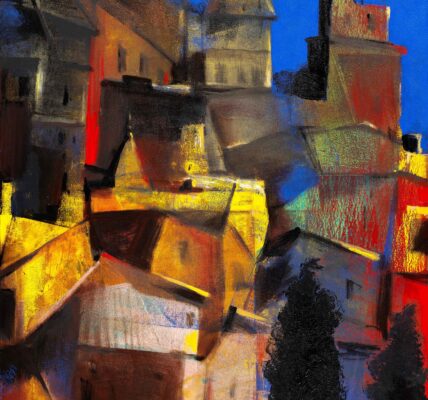One Day Art Camp By The K. K. Hebbar Art Foundation
Lina Vincent Sunish
The K K Hebbar Art Foundation was established in 1991-92 to promote art and culture with special emphasis on young and talented artists. With this in mind, several artists and art projects have been sponsored over the years by the KKH Art Foundation, which is headed by children of late artist K K Hebbar (Rekha Rao, Rajani Prasanna, and Ranna Hebbar). In March 2014 the Foundation hosted a one day camp inviting 13 artists to be part of a program celebrating drawing. When you bring together a varied group of artists, they carry with them unique identities that are conditioned by their local
experiences, backgrounds, and aesthetic cultures – while their art works simultaneously respond to the global ontemporary world. The history of the ‘art camp’ in India is long and illustrious, and commonly stands instead of a more formal and lengthier program of an artist residency. Popularised by the Lalit Kala Academy, the concept of the art camp began with the idea of allowing practicing artists from varied corners of the country to come together for a short period to produce art that would then become part of the academy’s annual exhibition and collection.
It also allowed, and still allows, the full use of the studios and art spaces set up by the Academy at a regional level. Other institutions and organisations have followed the system and lately private individuals have also begun to experiment with the idea of organising art camps of varied durations as a means of allowing artist interaction and also to extend their collection. Very often the art camp comes as a blessing to artists as studio facilities and technical infrastructure are made available to them and they are able to create work freely. The KK Hebbar Foundation art camp (March 26th 2014) had the ambience like a picnic, being held around a poolside garden in a Bangalore suburb. Though it was just a day long affair, the thirteen artists got to mingle with each other, share individual and collective concerns, and also got to observe each other’s processes and techniques, something not possible when each is in the solitude of his or her own studio. They also had opportunity to talk and debate informally on various issues that are connected with the world of art and culture. The camp was directed towards encouraging artists to work with black and white medium, and this created an interesting array of shades by the end of the day, many of the artists being chosen for their ability to work with the minimal.

